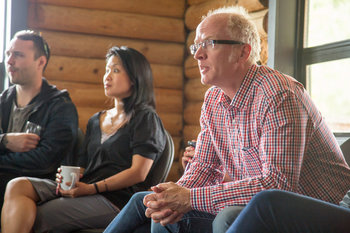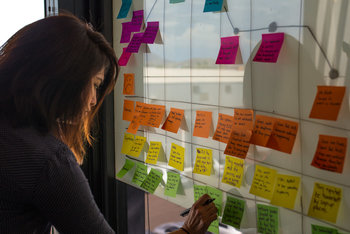
Concepts
Conducting a proof of concept to test an idea or approach.Infrastructure
The capacity, performance characteristics and functionality of infrastructure. For example, a project may validate an assumption that a new system can use an organization's existing network infrastructure.Facilities
Confirming that facilities such as data centers will support project requirements.Architecture & Design
Validating the architecture and design of a project against functional and non-functional requirements. This can include a peer review process.Data
Checking that data supports requirements. For example, evaluating the data quality of required information.Compliance
Compliance to technology standards and regulations.Platforms & APIs
Evaluating platforms and APIs in areas such as functionality and reliability.Components
Tests and prototypes of component parts and materials.Tools
Validating technologies such as systems and applications. For example, confirming that an application can be customized to meet user interface requirements.Integration
Looking at how processes, systems, applications and data will work together.Information Security
Evaluating the security of infrastructure, architecture, designs, products and components.Equipment
Investigating the capabilities or performance of equipment such as robotics.Procurement
Checking that project inputs can be procured and confirming quality, functionality and commercial terms such as price.Operations
The feasibility of deploying, managing and operating the project including consideration of operational risks such as downtime.| Overview: Technical Feasibility | ||
Type | ||
Definition | The process of validating the technology assumptions, architecture and design of a product or project. | |
Related Concepts | ||





























